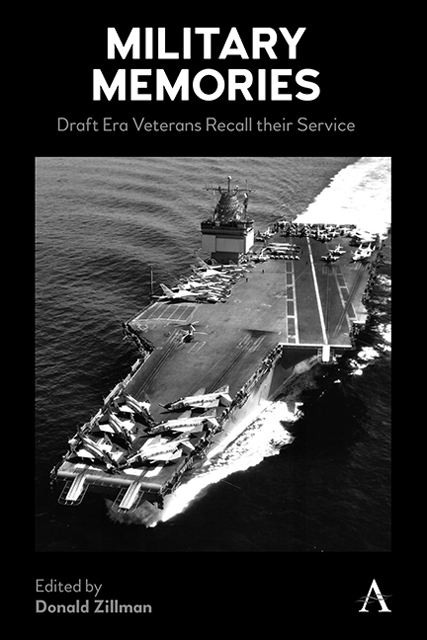Section II - America Raises Its Military Forces Bibliography
Published online by Cambridge University Press: 13 January 2023
Summary
America began four centuries ago with the settlement of what would become thirteen colonies by British settlers at Plymouth Rock in Massachusetts and Jamestown in Virginia and the arrival of the first black slaves from Africa. They joined longstanding Native American tribes and settlements in French and Spanish colonies to the north, south, and west of the British colonies.
America at the beginning of the Revolutionary War in 1775 had changed little over the last century and a half. Transportation was by horse or other animal on land and by sailing ships on the water. The railroad, the automobile, steam propulsion on the water and the airplane were 75 to 150 years in the future. Electricity would not be harnessed for a century. Rapid exchange of information—telegraph, telephone, radio, television, the internet and social media—was more than a century in the future.
Weapons of war were primitive by modern standards. But they included pistols, rifles and artillery that allowed fighting at distances beyond hand-to-hand combat. And, combat was a concern to most colonials. Native Americans, defending their homelands, could pose a serious threat to white settlers. So could the threat of slave revolts in the southern colonies. The other European colonial powers, France in Canada and Spain in Florida, offered militaries that could match British forces. The equivalent of modern police forces did not exist.
Cities, towns and rural communities responded with the creation of militias. The militias were modeled on Britain’s actions in the 1600s in response to British kings assertion of control over all military actions inside and outside the British Isles.
The British experience gave rise to several precepts that would shape the American approach to raising armed forces. A first concern was to keep direction of the army away from the exclusive control of an executive (the British king). The major challenger to the King was the national parliament. One element of legislative control by parliament was the bitter opposition to standing armies, particularly in times of peace. The counter to the standing army was a more locally based militia. The standing army was seen as a body of men whose primary dedication was to a national military establishment and to a command structure governed by a powerful executive.
- Type
- Chapter
- Information
- Military MemoriesDraft Era Veterans Recall their Service, pp. 3 - 26Publisher: Anthem PressPrint publication year: 2022

